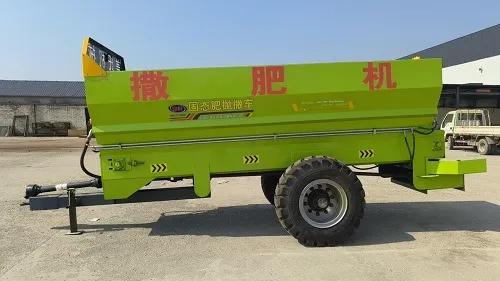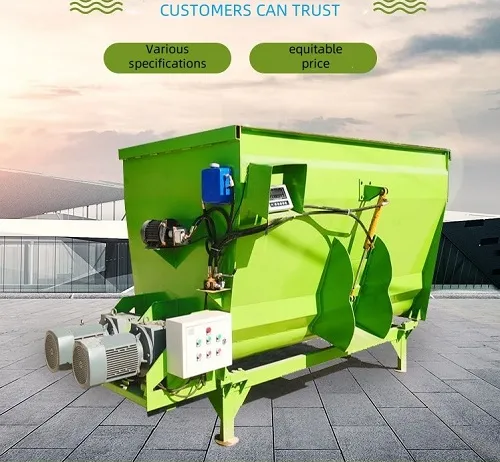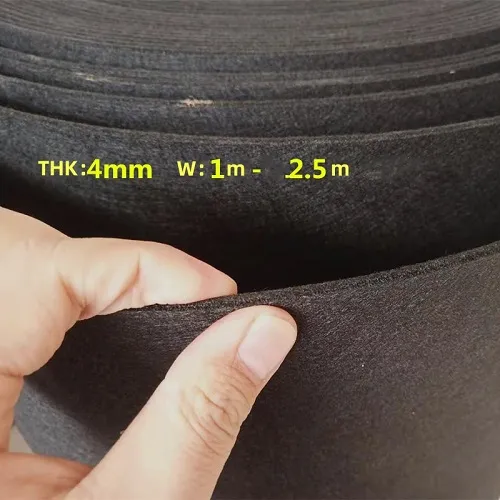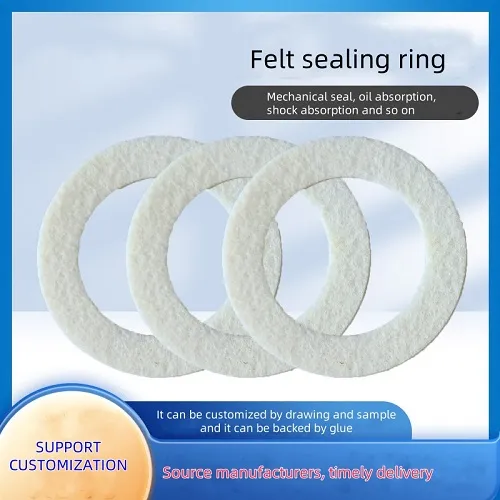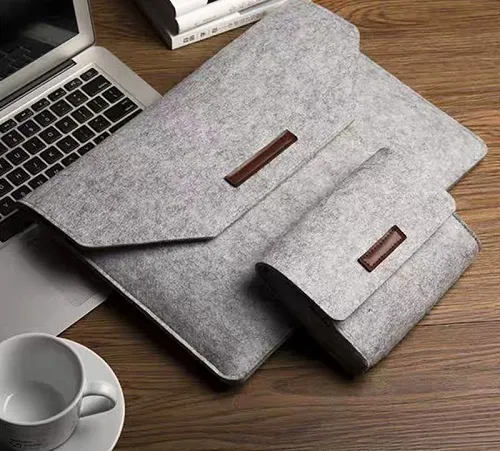wool dryer balls not removing static
Why Wool Dryer Balls May Not Be Removing Static
Wool dryer balls have gained popularity as a natural alternative to synthetic fabric softeners and dryer sheets. They are touted for their ability to soften laundry, reduce drying time, and minimize static cling. However, many users find themselves questioning why their wool dryer balls are not effectively removing static from their laundry. Let’s explore some common reasons and potential solutions to improve their performance.
One of the primary reasons wool dryer balls may not eliminate static cling is the load size in the dryer. If you overload the dryer, the wool balls won’t have enough space to tumble freely with the laundry. This limited movement means they cannot effectively rub against the fabrics and create the friction necessary to reduce static. To optimize the benefits of wool dryer balls, it’s essential to dry smaller loads of laundry. Aim for a dryer that is no more than three-quarters full to allow the balls to circulate adequately.
Another factor contributing to static cling is the type of fabric being dried. Synthetic fabrics, such as polyester and nylon, tend to generate more static electricity compared to natural fibers like cotton and linen. If your laundry primarily consists of synthetic materials, consider adding a damp washcloth to the dryer along with the wool balls. The moisture from the washcloth can help reduce static buildup by adding humidity to the drying environment, which counteracts static electricity.
wool dryer balls not removing static

The dryness of laundry is another crucial aspect to consider. Wool dryer balls are most effective when used in conjunction with a moist environment. If your laundry comes out of the dryer too dry, static can become a problem. To mitigate this, you can try removing clothes from the dryer while they are still slightly damp. Additionally, consider over-drying as a culprit; controlling the drying time and using the moisture-sensor settings on your dryer can significantly decrease static-related issues.
Moreover, the effectiveness of wool dryer balls can vary based on the quality and size of the balls themselves. Higher-quality wool dryer balls, ideally made from 100% natural wool, tend to be more effective than lower-quality alternatives. Larger dryer balls can also make a difference, as they create more friction and work better at separating clothes. When purchasing wool dryer balls, look for those that are larger and made from high-quality materials to ensure optimal performance.
Lastly, some users have found that adding a few drops of essential oil to wool dryer balls can enhance their overall effectiveness. While this won’t directly combat static, it can provide a pleasant fragrance to your laundry, making the process more enjoyable. Some people also swear by using fabric softener on particularly static-prone items, such as fleece or polyester.
In conclusion, if your wool dryer balls are not removing static as expected, consider adjusting your drying habits, load size, and the types of fabrics being used. By following these suggestions, you can maximize the benefits of your wool dryer balls, enjoy softer laundry, and minimize static cling naturally.
-
What Makes Felt a Great Choice?NewsNov.19,2024
-
Total Mixed Ration (TMR) Feed for CattleNewsNov.19,2024
-
The Ultimate Guide for Felt Polishing WheelsNewsNov.19,2024
-
Industrial Felt for Various ApplicationsNewsNov.19,2024
-
Felt Makeup Bags and Inserts BagsNewsNov.19,2024
-
Choosing the Right Hotel TowelsNewsNov.19,2024
-
Your Go-To Guide For Affordable Wholesale Wool FeltsNewsOct.31,2024

